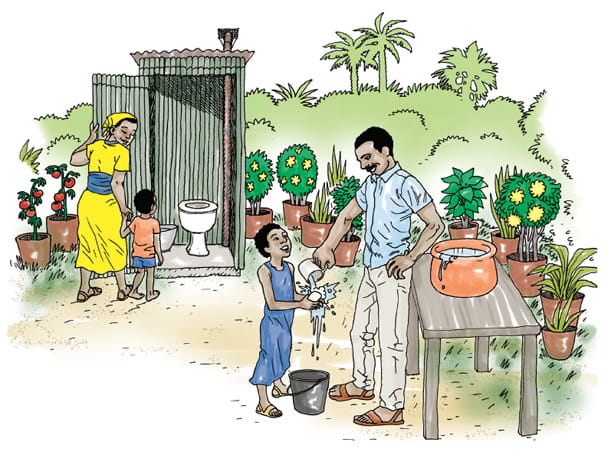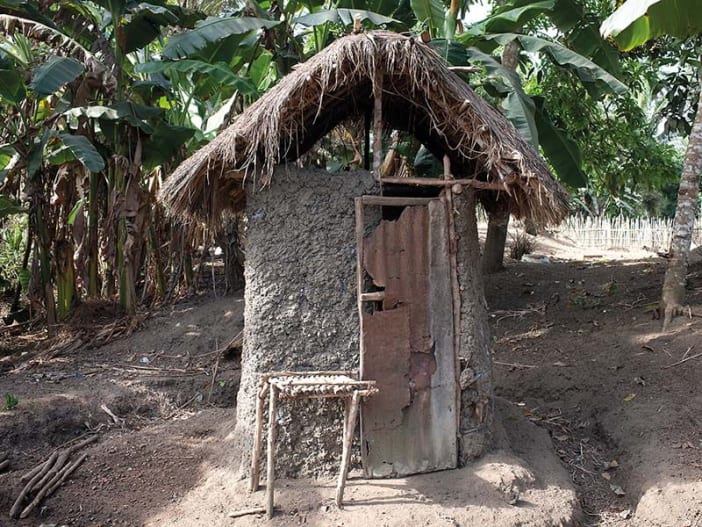Why do sanitation programmes often fail? Here are some common myths about improving household sanitation, followed by explanations of why the reality is different.
MYTH: ‘Better health (fewer illnesses) will motivate households to want and pay for latrines’
REALITY: Research from a range of countries increasingly suggests that health is not the main reason people install a household latrine. Instead, households invest in a latrine as a housing improvement, and families want increased convenience and cleanliness, status and pride, comfort, and safety (avoiding dangers such as snakes and the risk of sexual attack associated with open defecation and public latrines).
MYTH: ‘Without financial assistance most people will not buy a latrine or improve the one they already have’
REALITY: People are buying latrines and in fact most latrines have been installed by homeowners with no subsidy. An extremely poor minority may lack the ability to buy a latrine by themselves, but most, with the right choices, knowledge, and perhaps community support, will pay for or build their own latrine.
MYTH: ‘The most important thing about a latrine is that the cost should be low’
REALITY: There are always trade-offs in decision making, and it is increasingly clear that a cheap latrine that offers poor quality and none of the features the consumer wants will not sell. While the features that people are looking for will vary across cultures, several attributes appear to be particularly important and, to many, worth paying more for:
- minimal sight and smell of human waste
- strong and long-lasting
- easy to clean
- easy to use
- works well without need for frequent maintenance and repair
- minimal embarrassment for women, especially adolescent girls
- safe for children, the elderly and disabled people.
MYTH: ‘What stops people improving their latrines is the high cost’
REALITY: The high cost of many existing latrine technologies does discourage people, but it is not the only barrier to improving a latrine. Households buy more expensive latrines when the latrines are desirable and when homeowners can pay for their latrines over time. For example, some people can use credit and savings groups or schemes to pay, or the different parts of the latrine could be installed in stages. The overall cost can be also be reduced, if people can do any of the following:
- contribute do-it-yourself labour or materials
- join with others to organise bulk purchases of goods and services
- access government support
- adapt latrine designs.
This article has been adapted from Sanitation Marketing for Managers by Mimi Jenkins and Beth Scott, USAID Hygiene Improvement Project, 2010, p2. The full resource can be downloaded free of charge from the website below or purchased as a book from TALC for £15 (US$ 23, EUR 20) – see the Resources page for TALC’s details.









